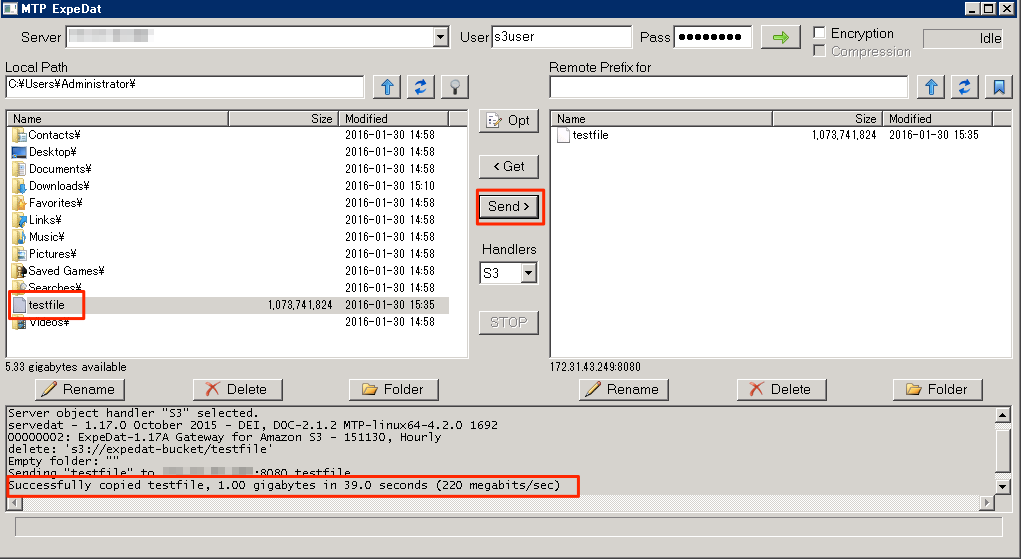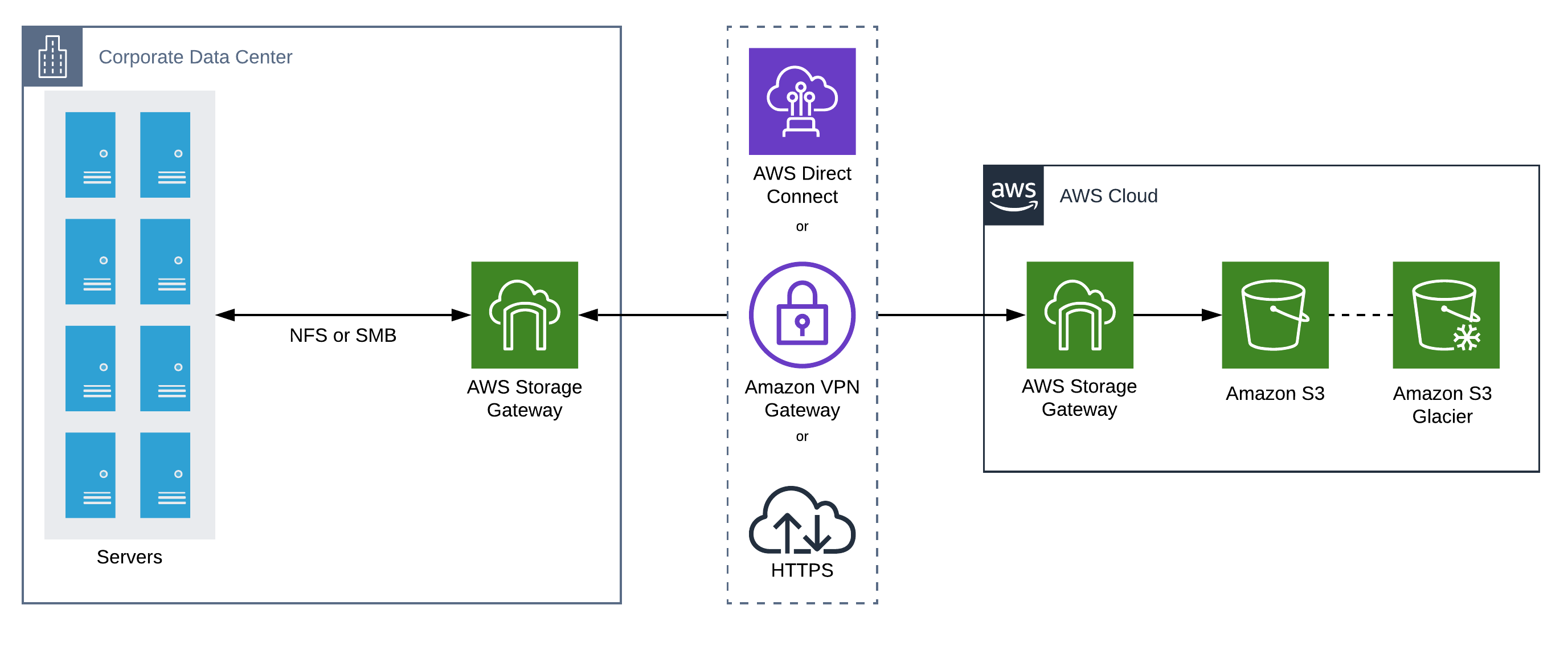
Accordingly, we are investing in taking the MinIO server to the next level and so we are deprecating the gateway functionality. In fact, among our commercial customers, the gateway-only usage is less than 2%.

EXPEDAT S3 GATEWAY FULL
The class of problems faced by our customers today is suited for the capabilities of the full MinIO Server implementation. Thus it became a compromise that MinIO no longer wanted to engage in. The backends would merely act as storage media for the gateway and you might as well run MinIO in server mode. It would defeat the purpose of the gateway mode because the backend could no longer be read directly without the help of the gateway service. Critical S3 capabilities like versioning, bucket replication, immutability/object locking, s3-select, encryption, and compression couldn’t be supported in the gateway mode without introducing a proprietary backend format. Second, the S3 API has evolved considerably since we started, and what began as inline translation morphed into something much more. Gateway users have had years to transition it is time to let the legacy technologies go. As a result, the gateway merely perpetuates legacy technologies. S3 API is the de facto standard for storage and has made object storage the storage class of the cloud and of Kubernetes. First, the MinIO gateway achieved its primary purpose of driving the S3 API's ubiquity. It worked as advertised, was lightweight and non-intrusive. The gateway was and still is a great implementation. Implementing different gateways proved to be more challenging than the server mode because it was easier to implement the S3 capabilities in our native erasure-coded backend as compared to competitors' products. The objects were always written to the backend in their native format, be it NFS or Azure Blob, or HDFS. At any given time, the MinIO gateway service could be turned off and the only loss was S3 compatibility. In the gateway mode, MinIO ran as a stateless proxy service, performing inline translation of the object storage functions from the S3 API to their corresponding equivalent backend functions. The primary objective was to provide sufficient time to port the applications over a modern cloud-native architecture. From legacy POSIX-based SAN/NAS systems to modern cloud storage services, the different MinIO gateway modules brought S3 API compatibility where it did not exist previously. We introduced the gateway feature early on to help make the S3 API ubiquitous. The reasoning as to why we are deprecating the gateway is relatively straightforward. All modifications and improvements must also be released under the GNU AGPL v3 license.Įxisting commercial customers of MinIO will be supported for as long as necessary. We also encourage any volunteers to step up and maintain open source forks as standalone projects. The community can continue to use older versions of MinIO past that date.


In the last ten months, MinIO has only made bug fixes.

This should not come as a surprise, we began informing the community in 2020 and have steadily removed unpopular gateways. For a role, the uptime of the backing process.MinIO is deprecating the gateway and will be completely removed in six months. The number of times the role's backing process exited unexpectedly.įor a host, the amount of time since the host was booted. This counter is only incremented if the Cloudera Manager "Kill When Out of Memory" option is enabled. The number of times the role's backing process was killed due to an OutOfMemory error. Percentage of Time with Concerning HealthĪmount of swap memory used by this role's process. Number of write I/O operations to all disks by the role's cgroup Number of read I/O operations from all disks by the role's cgroupīytes written to all disks by the role's cgroup User Space CPU usage of the role's cgroupīytes read from all disks by the role's cgroup


 0 kommentar(er)
0 kommentar(er)
